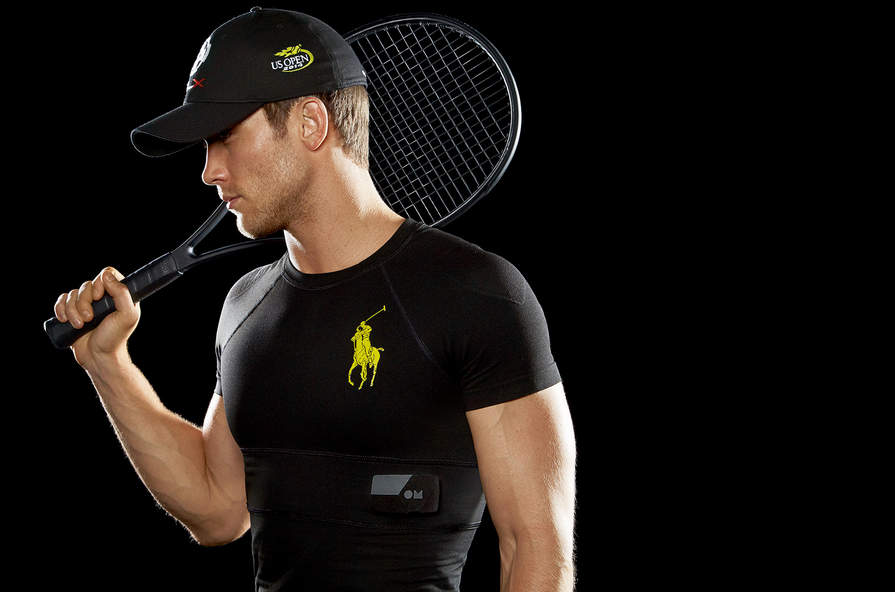Injuries are rampant in many sports, from hard-hitting collisions in football to muscle tweaks in soccer and basketball. So far, athletes and fans alike have recognized injuries as a necessary evil of sorts. It’s one of the reasons why athletes are paid millions each year – they put their bodies on the line for entertainment and team victory.
Athletes know the prospect of an injury is very real each time they suit up. Fortunately, technology is improving sports injury prevention and recovery to the point where they can fear a lot less. We have seen technology and sports overlap in areas recently, like instant replay and talks of robot umpires in baseball down the line, though technology’s impact on the sports medical field has been more understated – so far.
At a rapid rate, sports teams are using technology and emerging methods to improve injury prevention and recovery. In the global sports medicine market, which is anticipated to grow to $8.3 billion by 2019, it’s no surprise.
Digital Modeling
In baseball, arm injuries are among the most common for players. This is especially the case for pitchers, with many undergoing Tommy John surgery each year to replace their ulnar collateral ligament. To prevent this in the first place, many teams are opting to use digital modeling to find a source for elbow and arm injuries.
In football, a similar methodology is being used for earlier detection of concussions in players. It’s likely this advance will continue to coincide with the NFL’s recently established concussion protocols.
Aquatic Therapy
The Dallas Cowboys are no stranger to injuries, specifically in regard to their talented but oft-injured quarterback Tony Romo. Cowboys owner Jerry Jones always demands the best, so interest surrounded aquatic therapy when it was unveiled the Cowboys have used it frequently to treat and prevent injuries.
Team members use a HydroWorx 2000 pool in a brand new training facility to accelerate the rehab process. This pool allows digital video observation of an athlete in motion undergoing water-flow resistance and varying floor movements. Raising and lowering the floor is conducive to postsurgical exercise sessions, something the Cowboys took a great interest in when investing in the state-of-the-art facility.
Wearable Monitors
An increasing trend in sports medical technology is the use of regular equipment, like mouthpieces and helmets, with built-in technology that collects biomechanical data to gather information about brain injuries. This allows trainers to establish personalized training programs for players that can help minimize injuries, as opposed to simply guessing how far along a player is in the concussion protocol.
There are even smart socks that use textile pressure sensors to evaluate the likelihood of a running injury. With tech like Fitbit becoming popular among the general public, it’s not surprising that athletes are beginning to embrace wearable technology that can monitor performance and data to determine when an injury may be imminent.
Technology continues to play a growing role in minimizing injury and recovery time in sports, from aquatic therapy pools helping with recovery time to digital modeling that monitors arm health or concussion status. Sports fans can anticipate this type of technology’s presence to continue growing larger in the coming years.








